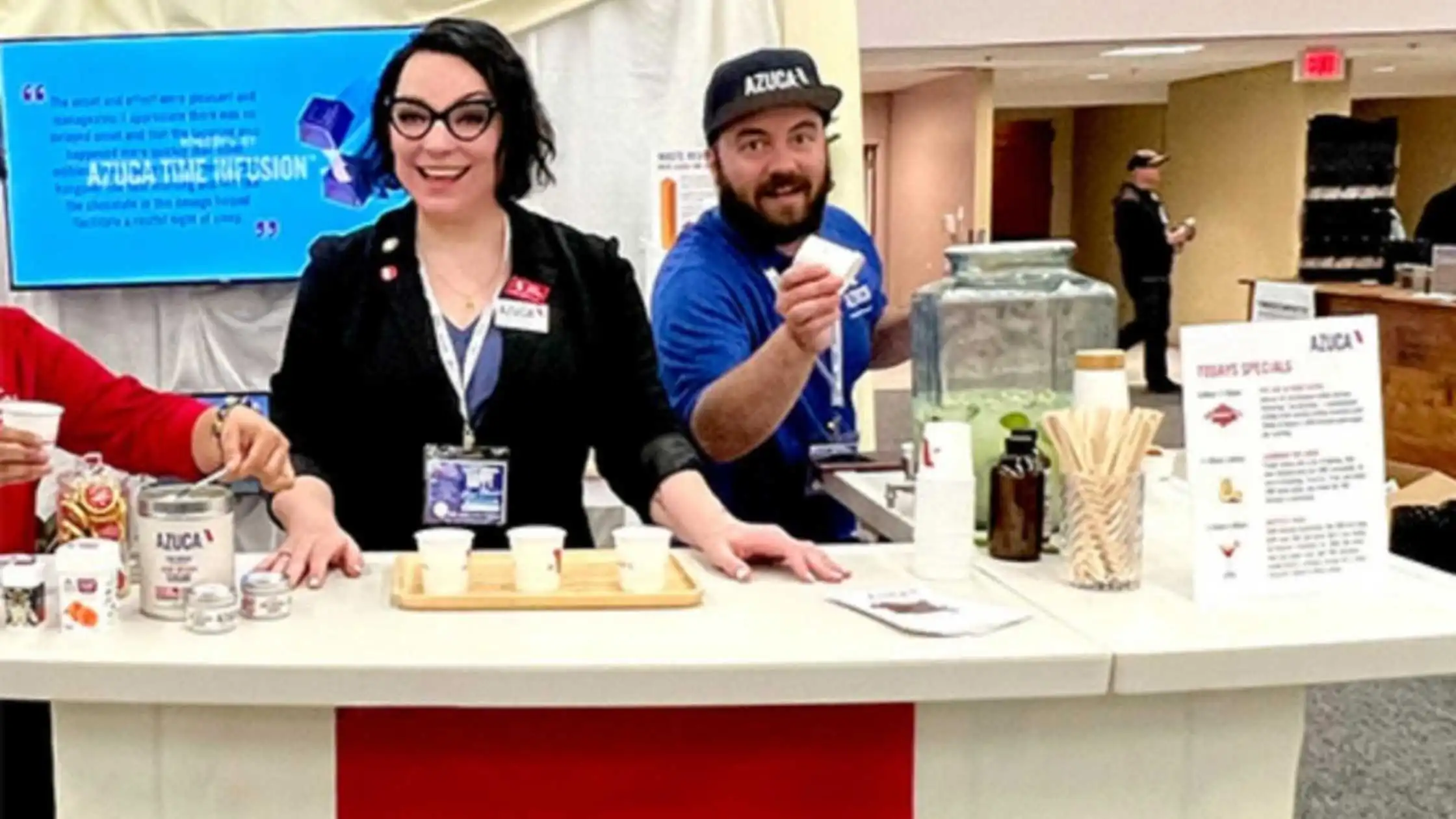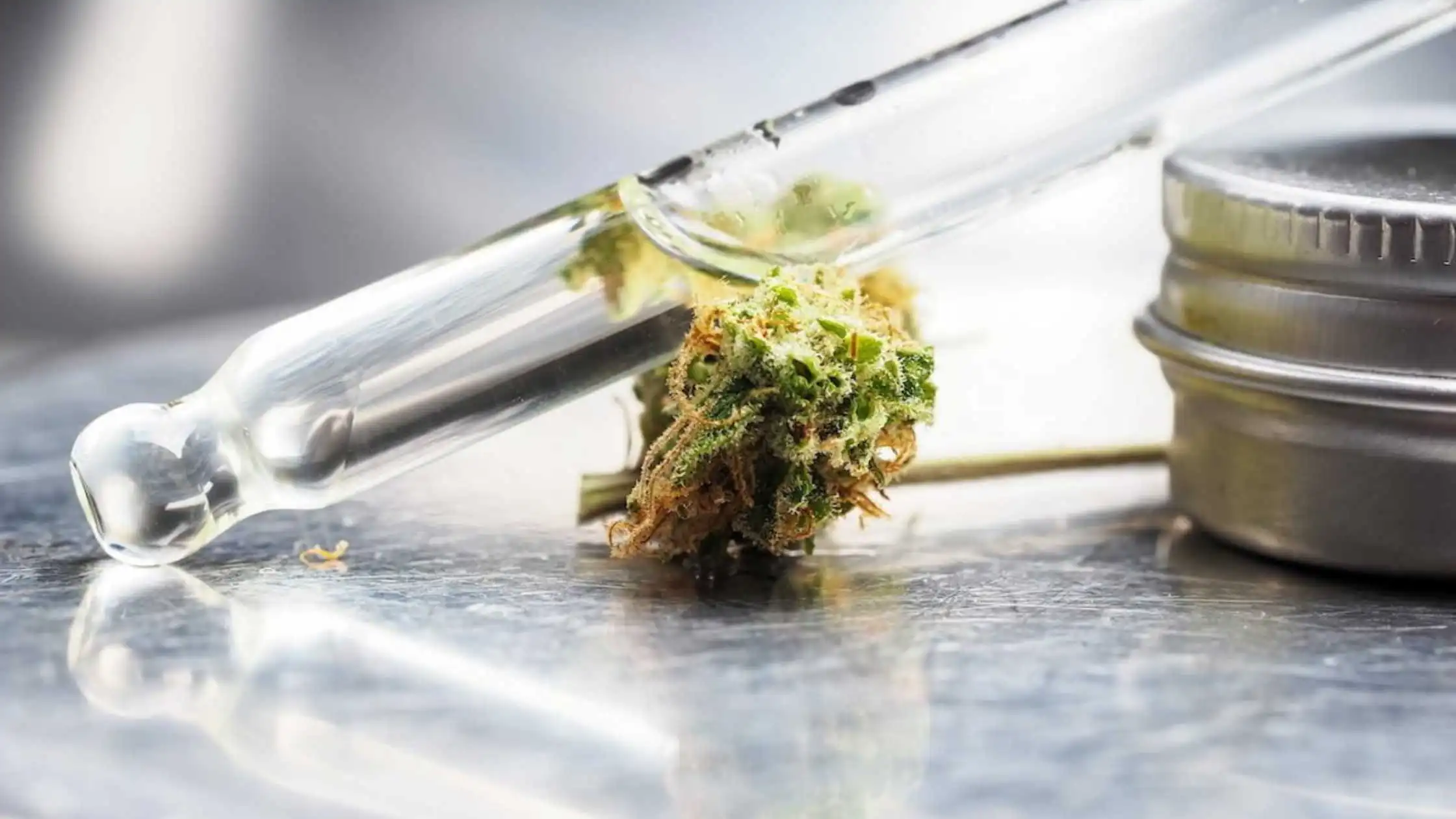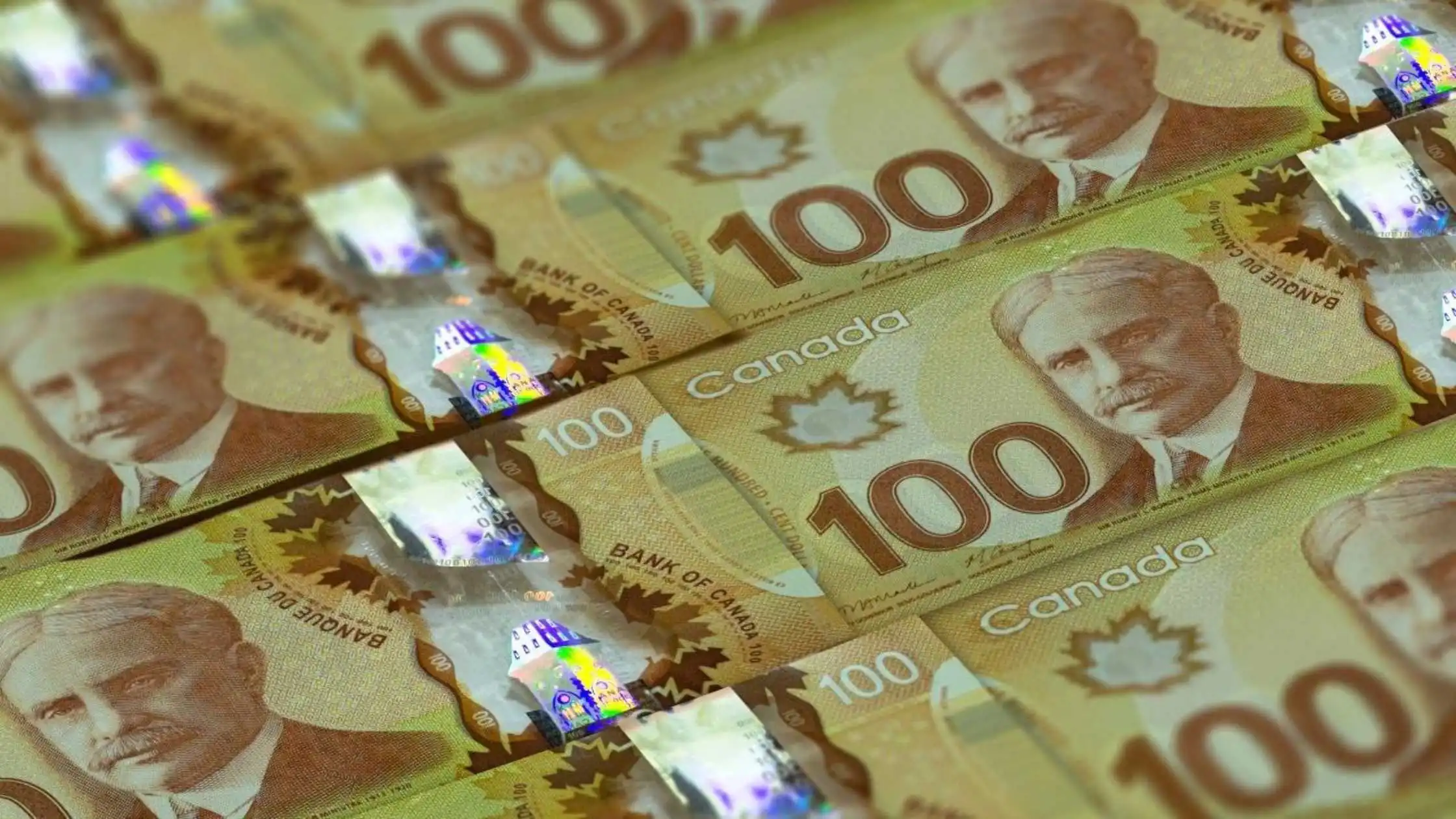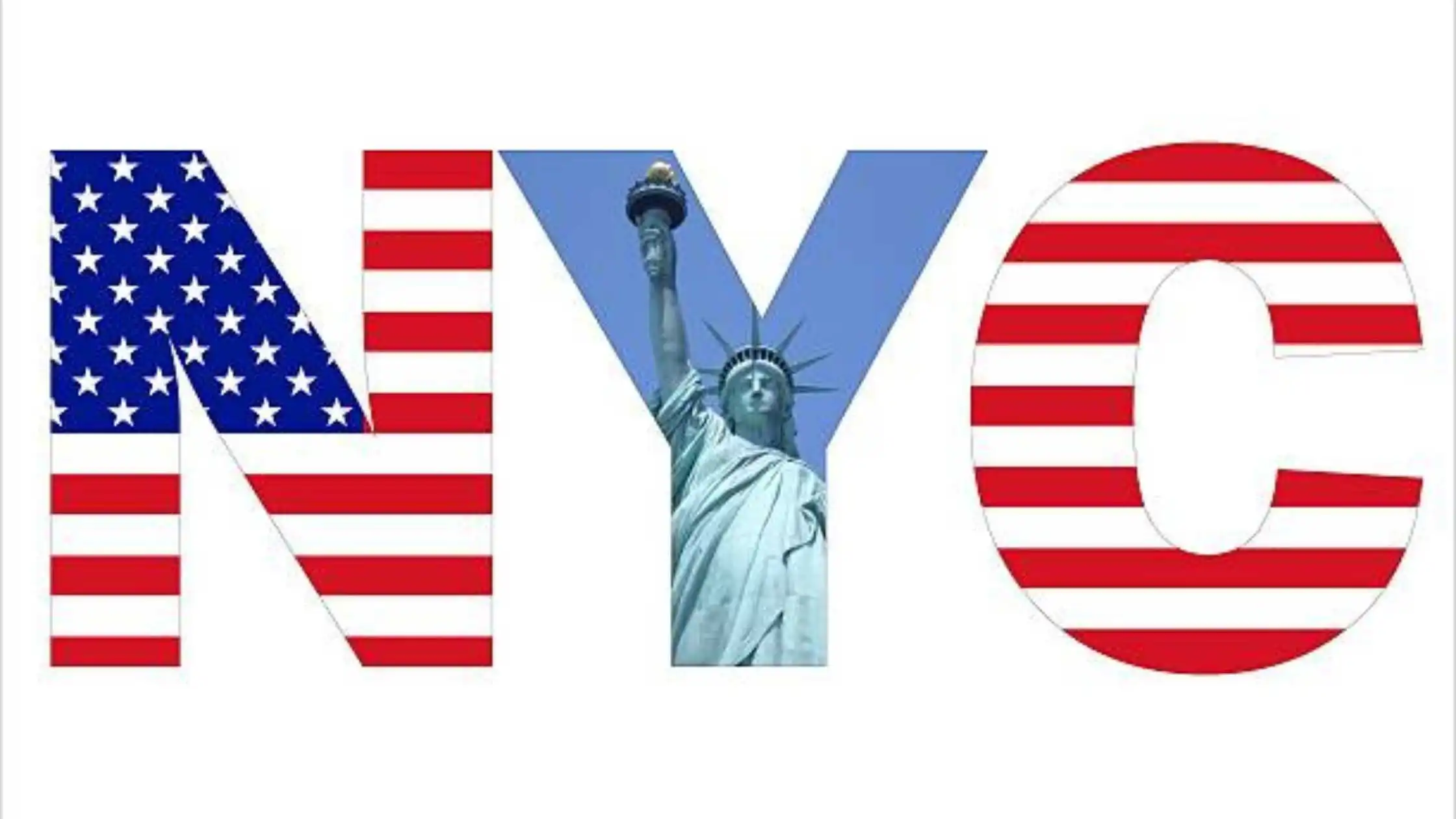Azuca employees hand out samples of CBD-infused syrups at a cannabis industry conference earlier this year in New Mexico. (Photo courtesy of Azuca)
Want to get shoppers to try a new product? Start by giving them a free taste.
Product sampling is the gold standard of consumer packaged goods marketing.
From plastic cups in a grocery store holding free nibbles to elaborate folders holding vials filled with perfume, product samples hook consumers by giving them risk-free ways to try new items.
Samples hook retailers, too, because brands that commit to sampling their products show they’re hustling to move them, prompting retailers to give those products premium shelf space.
There’s a reason product sampling is so popular. Consider:
- Free samples can boost product sales by an astounding 2,000%.
- More than a third of customers who sample a product buy a full-size version on the same shopping trip.
- In-store sampling increases sales even after the sampling events end, with a sales boost of more than 100%even 20 weeks after the event.
- Psychologists say that live sampling has a subconscious transactional effect, where samplers feel obliged to buy the products they’ve taken for free.
Sampling in the cannabis space, though? Not so easy. Legal barriers, age restrictions, and public consumption bans make it tricky. The COVID-19 pandemic only complicated matters.
However, the cannabis industry is finding ways to make product sampling work to build a consumer base and introduce new products.
“The more sampling is done on the product, the better off everybody’s going to be. We need to make this industry look more like every other consumer product industry,” said Debbie Custer, a 40-year veteran of the food and beverage industry who now owns a cannabis product development firm, Virginia-based Coeus Research.
But how? That’s where cannabis entrepreneurs are getting creative.
CBD leads the way
Hemp entrepreneurs aren’t allowed under federal law to put CBD into foods or topicals.
They’re doing it anyway, using lax enforcement to flex into sampling, much like conventional brands.
“People are always interested in trying new and innovative products. And sampling is the easiest way to try without any kind of financial commitment,” said Christopher Lackner, co-founder of Jeng, a CBD-infused seltzer sold in grocery stores in Illinois, Michigan, New Jersey, and New York.
His company enlisted brand ambassadors to hand out drink samples outside stores even during the height of the pandemic, and sales went up.
“With a little bit of hustle, we were able to encourage people to find the product in the store. And the owners of the establishments appreciated that we were committed to moving the product, so they made it more prominent. It’s a win-win.”
Pandemic sampling worked for TONIC CBD, too. The Berkshire, New York, brand relied heavily on sampling to drive sales before the pandemic, then pivoted to asking first responders to request samples. The attempt took off, and the company is now back to sampling at events.
Sampling “was such a strong part of our marketing mix and definitely something that we felt the absence of during COVID,” TONIC founder Brittany Carbone said.
“Now events are kind of back, and people are feeling more comfortable about pulling down their masks and trying things.”
THC companies take notice
THC entrepreneurs have noticed the fact that CBD sampling appears to invite little pushback.
At Azuca, a New Mexico company that makes THC-infused sugars and flavorings for other product manufacturers, its owners started infusing products with CBD instead of THC to hand out samples with less legal risk. Azuca acquired CBD manufacturing licenses in Colorado and New Mexico.
“We needed to get our formulations into people’s hands. So we started a CBD line in order to do that, to show the taste profile and that it is fast-acting,” Azuca CEO Kim Rael said.
Azuca used its CBD syrups in cooking demos and sampling stations at industry shows. The strategy worked so well that Azuca monetized a CBD line in addition to its original THC line.
When New Mexico opened adult-use marijuana sales on April 1, Azuca sent sampling teams to the retailers. They handed out lime- and pomegranate-flavored syrups with no cannabinoids to show how the products would taste.
“Sampling is alive and well. And it’s super important,” Rael said.
Find the right venue.
Cannabis operators might have legal limits that food manufacturers don’t share.
But cannabis is far from the only age-restricted product that needs to find ways to attract adult consumers.
At Boldt Runners, a Humboldt, California, company that makes chewable hemp dip, tobacco-industry veterans craft age-gated sampling events at golf tournaments and other events likely to attract people old enough to use the products.
“The environments we choose help to reinforce our brand positioning and vibe,” said Jen Pike, Boldt Runners’ chief revenue officer and a former vice president at Altria Group’s U.S. Smokeless Tobacco Co. subsidiary.
Sampling events can be invaluable even where the products aren’t sold, Pike noted.
“When our teams are out in the field, we learn a lot. We can see immediate reactions from consumers that give us a better handle on what guys think than surveys ever could.”
Custer has seen THC beverages popping up in events for alcohol distributors.
Age-restricted parties and consumption lounges can also be places to ask permission to hand out samples.
Not all sampling is equal.
Hemp and marijuana operators might be able to find workarounds to make sampling work. But they can’t ignore business fundamentals.
First, they need to set a budget that works.
Professional sampling companies will charge $200 and up to run a sampling event, often expecting at least 20 events.
Niche cannabis companies might be able to hire brand ambassadors for smaller-scale use if they’re willing to train them in-house.
Another consideration is finding the right products to sample.
At SunFlora, a Florida company with more than 500 Your CBD Stores selling its SunMed line of CBD products, executives find that fast-acting water-soluble products are more effective for in-store sampling because they work quickly and don’t take hours or days to show effects.
Tinctures or fat-soluble items are better sampled in five-packs that consumers can take home.
“If you give someone a single serving of a tincture, it’s just going to be about taste, not the effects,” said Erik Lukasik, SunFlora’s franchise training manager.
Finally, consider whom to target with a sample. An existing customer is best, Lukasik said.
Maybe tuck a free sample in a package they’ve already ordered.
“With repeat customers, you should always try getting them to try something new,” Lukasik said.
“A new product, another delivery method. They’ll like knowing what’s new, and they’ll reward you with a sale.”
Disclaimer: https://mjbizdaily.com/cannabis-product-sampling-is-taking-off-despite-legal-pandemic-challenges





